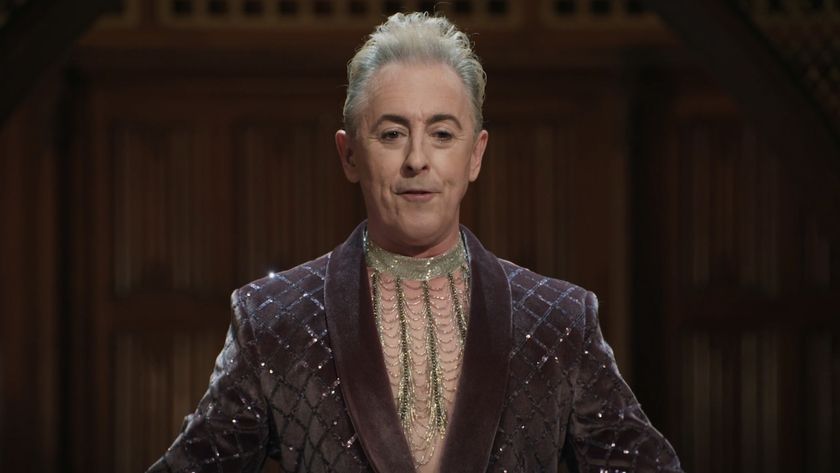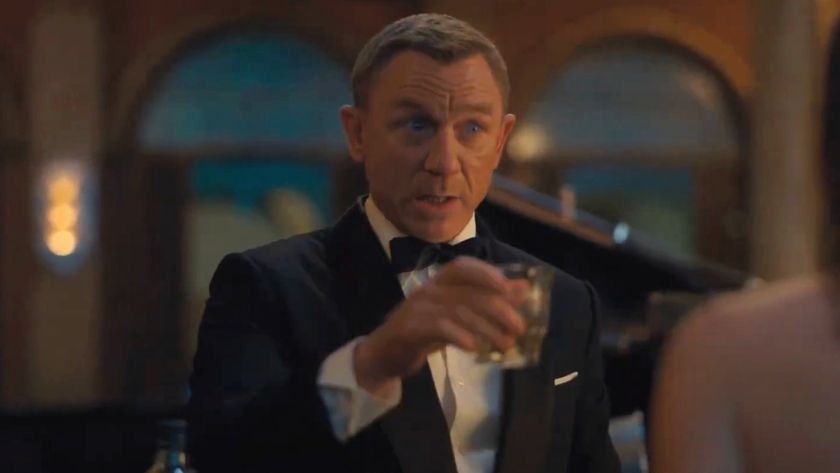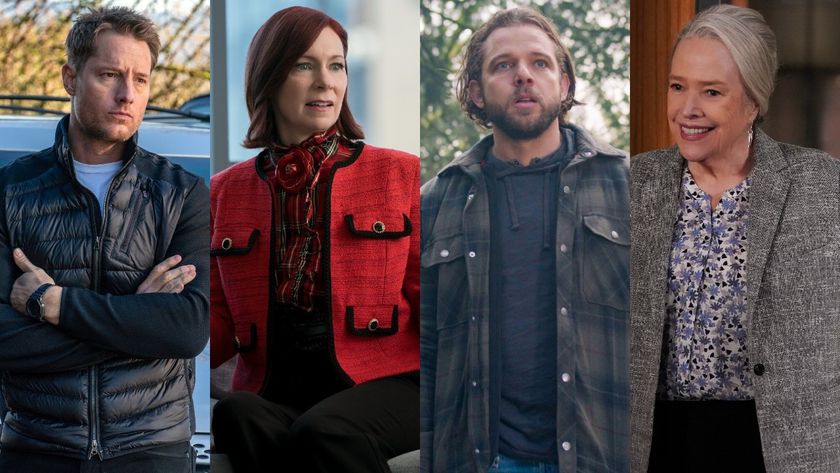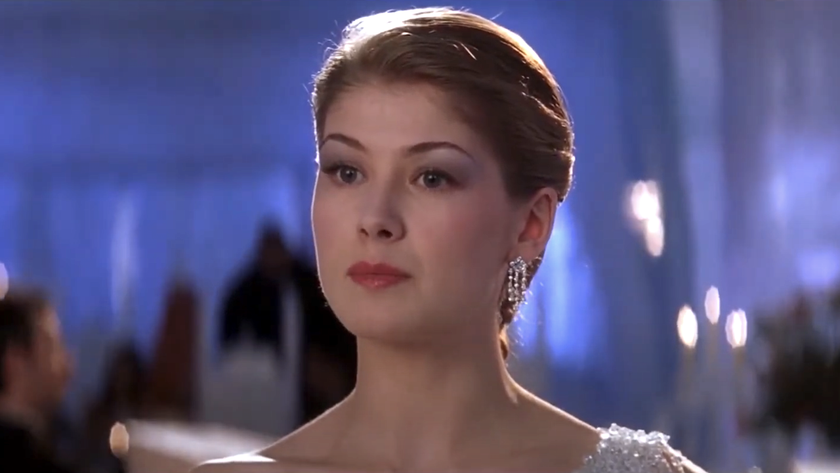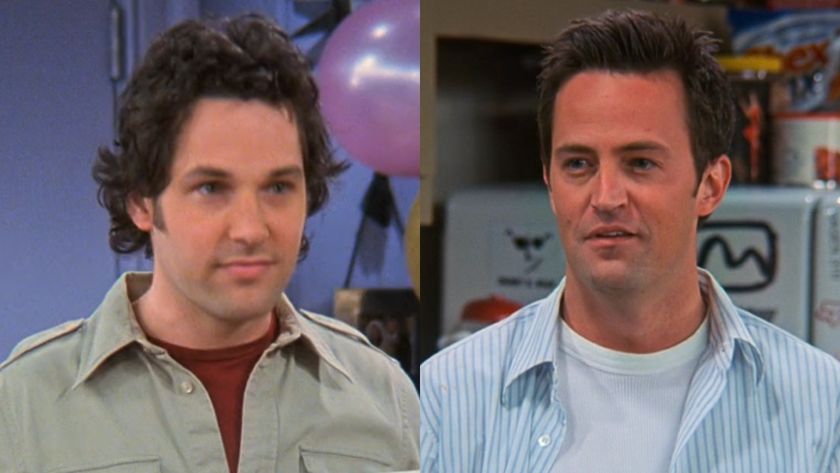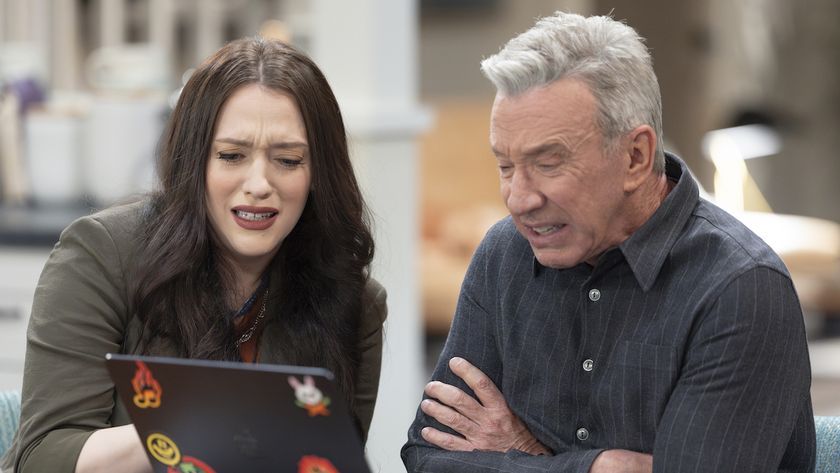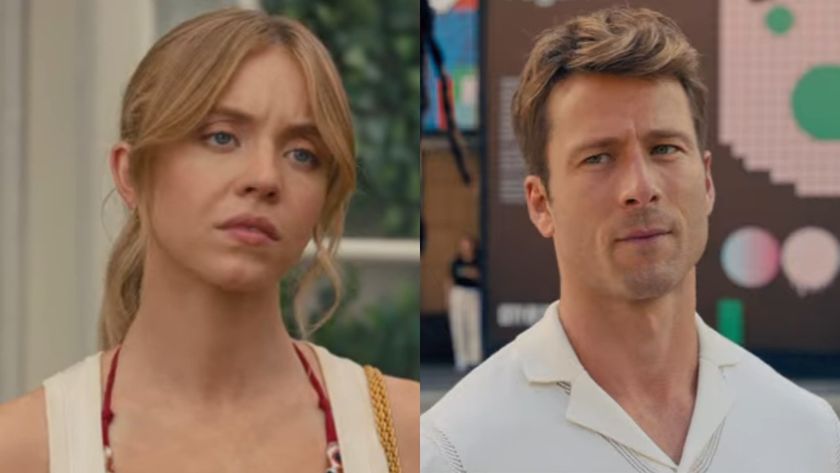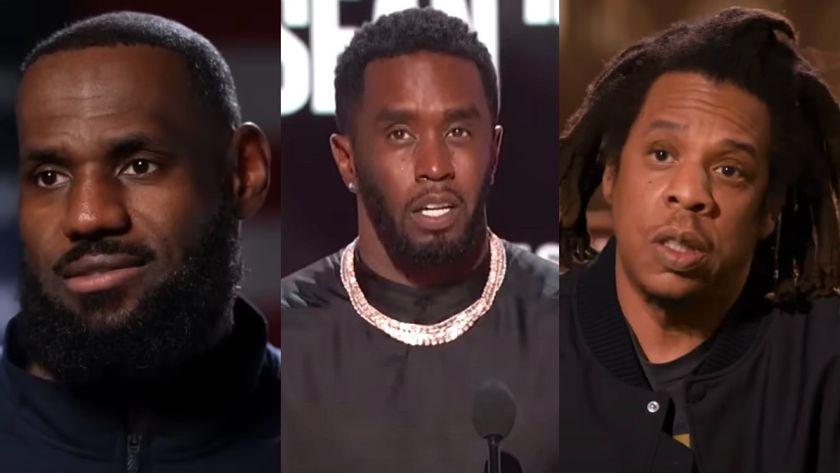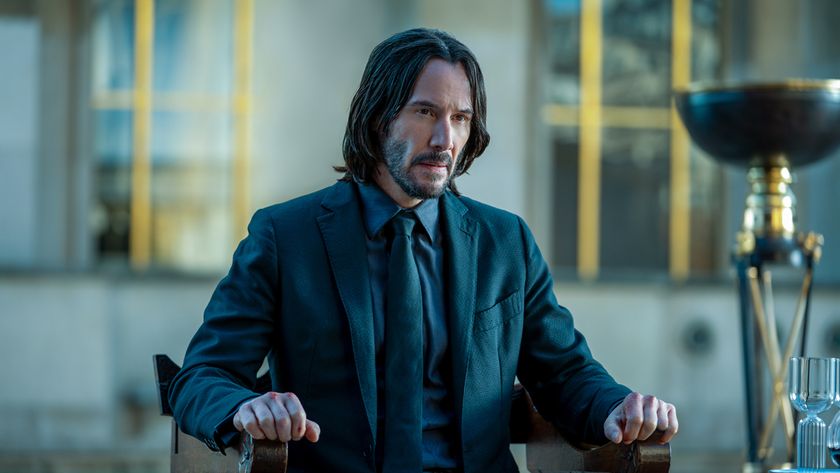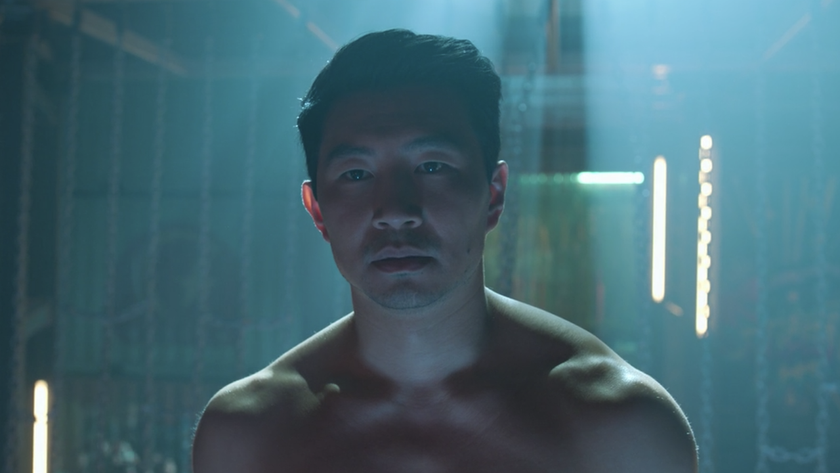How Eat Pray Love Would Be Better If It Were More Like Glee
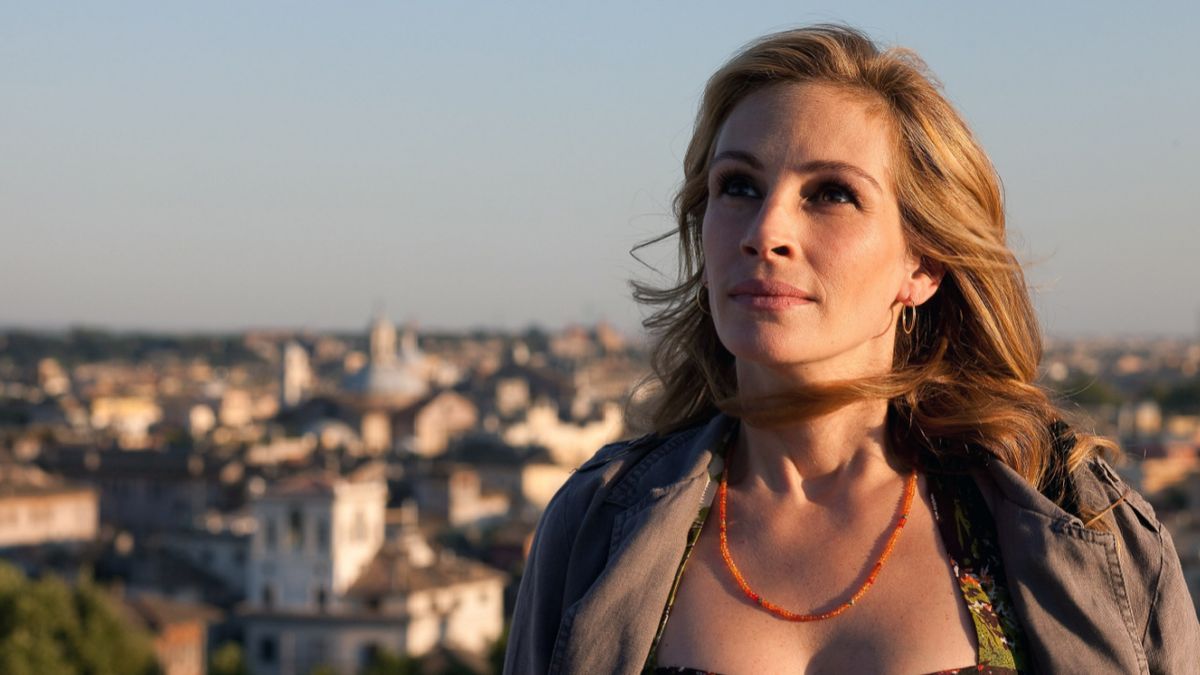
As someone who's grown increasingly disillusioned with Glee the longer it goes on, I fully expected to hate what the show's creator Ryan Murphy would do as the director of Eat Pray Love. I was anticipating elaborate fantasy sequences, stupid editing choices and complete over-indulgence, and while that's what he gave me, I surprised myself by wanting more. Glee is a flawed show, yes, but it's a fun one, and its sense of weirdness and humor is something the beautiful but dull Eat Pray Love could have used a lot more of.
I'm as surprised as anyone to hear myself say this, but it's true: Eat Pray Love would have been better if it had been more like Glee. Below are five specific things I wish Murphy had lifted from his own show to put into the movie, from the interior monologues that let us in on each character's thoughts to the simple fact that Glee is kind of a mess, and we love it for that reason. No, I'm not calling for Julia Roberts to wear a red track suit or encourage everyone around her to sing mash-ups-- it's the little things that would have made a big difference here.

A little interior monologue can go a long way.
Glee characters frequently wind up bursting into song to express their deepest feelings, but they're not afraid of voiceover either, popping in to narrate what we're seeing on the screen, reveal the other side of the story, or just critique the other characters. Most movies based on books make liberal use of voiceover in order to include direct passages from the book, and Eat Pray Love is no exception, but most of the voiceover moments are missing the witty bite of both Glee narration and Gilbert's original book. In the rare moments when Julia Roberts' voice shows up to poke fun at what's happening to her on the screen, it gives us a window into the funny, self-deprecating side of the character that simply doesn't emerge when she's meditating peacefully on a mat in Bali. Sometimes you wish she'd take a page for Rachel Berry and stomp right onto the screen to tell us what she's really feeling.

Let your leading lady be crazy.
Speaking of Rachel Berry, the high-strung, immensely talented character played by Lea MIchele is beloved by Glee fans because we can see ourselves in her, a girl trying to make her place in the world but tripping over her own feet and ego in the process. The Liz Gilbert of the Eat Pray Love book was not unlike this; she admitted that leaving her marriage was fairly crazy, that returning to Bali to study under a medicine man was really crazy, and spoke of her grand travel plan not with the beatific tones of someone who Has It Figured Out, but a woman at the end of her rope. Ryan Murphy has already made crazy Rachel Berry a beloved household name, but he backed off on Liz Gilbert, toning down her most extreme moments to turn her into a Everywoman; as it turns out, taking away the unique things about her only made her harder to relate to.

It doesn't take much to let the side characters shine.
CINEMABLEND NEWSLETTER
Your Daily Blend of Entertainment News
Glee is an incredibly overstuffed ensemble show, to the point that many of the best minor characters start to disappear entirely, but in its best moments it creates memorable characters in small roles with just a line or two of dialogue. There's never been an episode dedicated to Brittany and Santana, but thanks to smart writing we feel like we get them every time they have a particularly good one-liner in the back of the choir room. Eat Pray Love the book is filled with the memorable people Gilbert met along her travels, but in the movie nearly all remain smiling, helpful ciphers until they get a Big Moment-- Richard Jenkins's character recounting a tragic event in his past, Viola Davis's lecturing about the trials of motherhood, Christine Hakim's impoverished Balinese mom overjoyed when Gilbert gifts her with a new house. Murphy gets so wrapped up in charting the big moments of Gilbert's journey that he forgets about the little ones for everyone else-- something Kurt Hummel would never stand for.

Let things be funny sometimes.
This is an easy one: Glee is a comedy, one that recognizes that everyone, even kids struggling to come out to their parents or husbands coping with mentally ill wives, can see the humor in their lives once in a while. Eat Pray Love is a movie that is ostensibly about seeing the humor and light in the world, but is mostly about taking everything-- even lunch in Rome, even a boat trip with Javier Bardem-- very seriously. Liz Gilbert's spiritual advisor in Bali encourages her to smile with her entire body, but it sure would have been nice if Ryan Murphy had let his audience do the same.

Let things be messy sometimes.
This is actually a place where Glee and Eat Pray Love could learn lessons from each other-- the former is so scatterbrained and inconsistent it is more of a mess than a successful show, while the latter is so obsessed with streamlining and wrapping up stories that it takes all the bite from its true-life story. But while we're talking about the movie, it wouldn't have been bad to see Elizabeth's relationship with her new man be more like Finn and Rachel's-- tricky, inconsistent, plagued by real life and other commitments-- or even something as weird as a fake baby or a Josh Groban guest appearance to throw things off just a bit. Murphy wouldn't even have to make it up-- in real life, when Gilbert raised money among her friends to help Balinese single mom Wayan build a house, she worried for a time that Wayan might be scamming her instead. It would have been a negative detour during the largely exuberant third act of the film, but it also would have felt real-- something Eat Pray Love, despite its real-life trappings, constantly lacks.
Staff Writer at CinemaBlend

